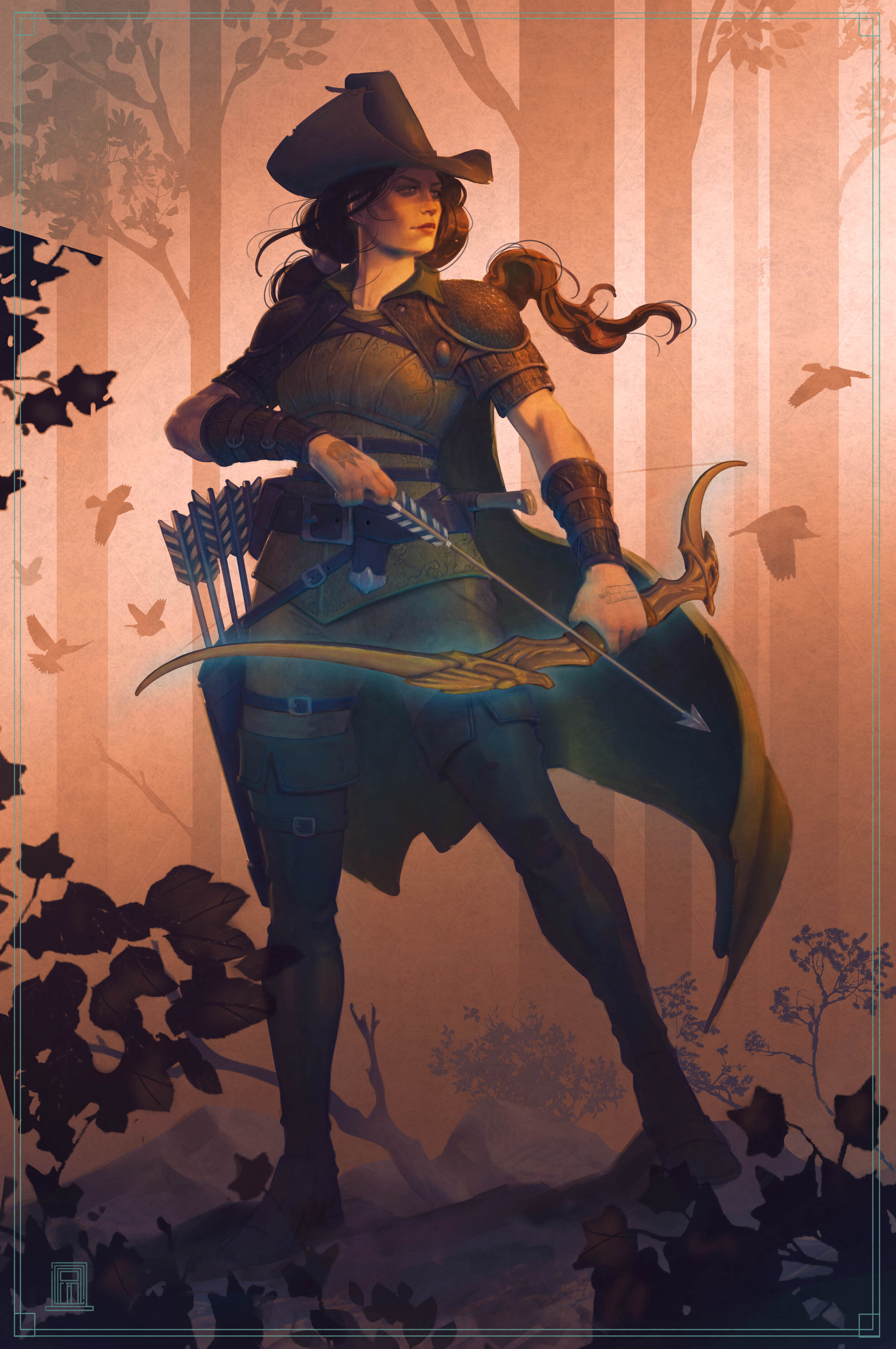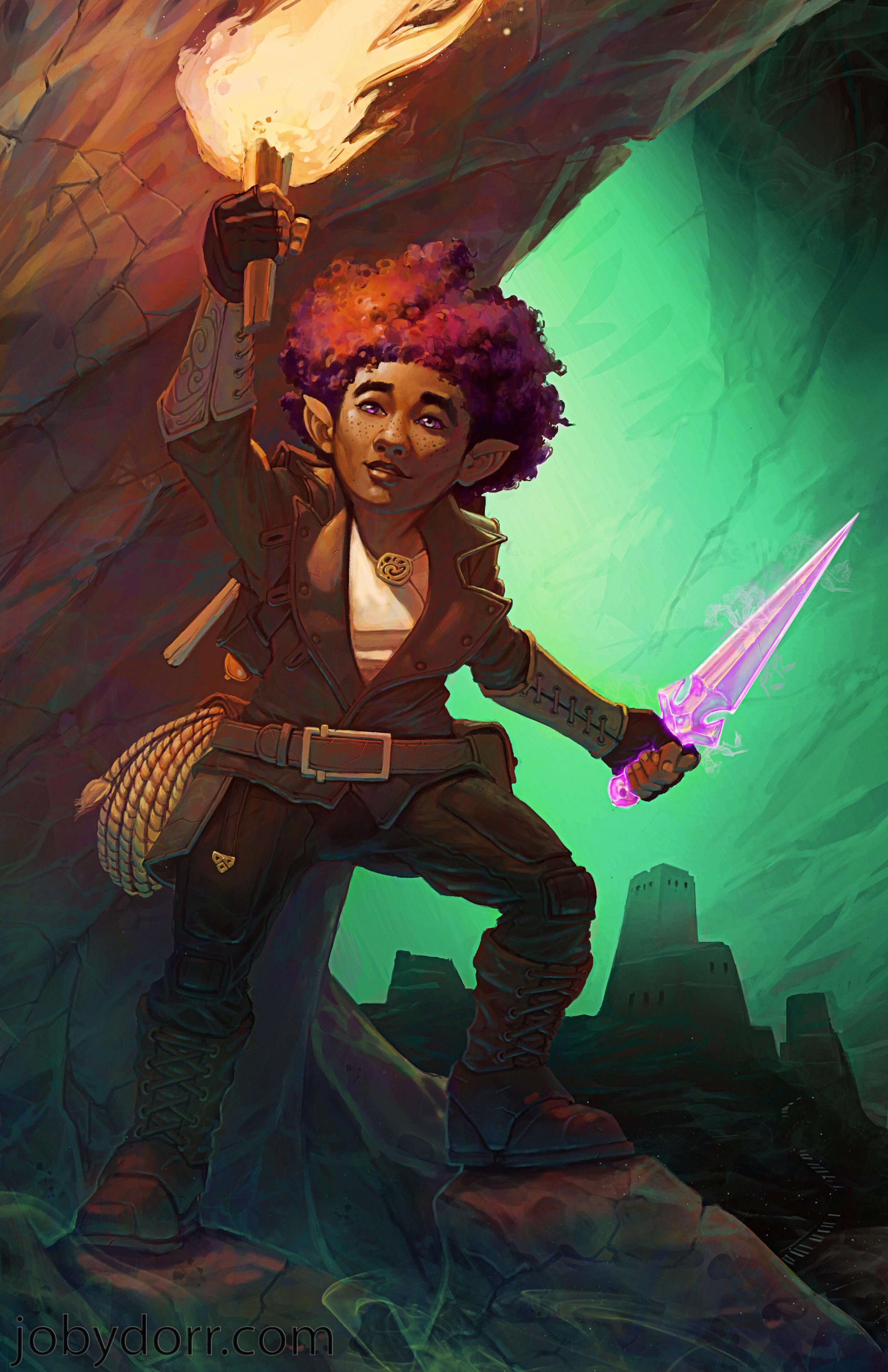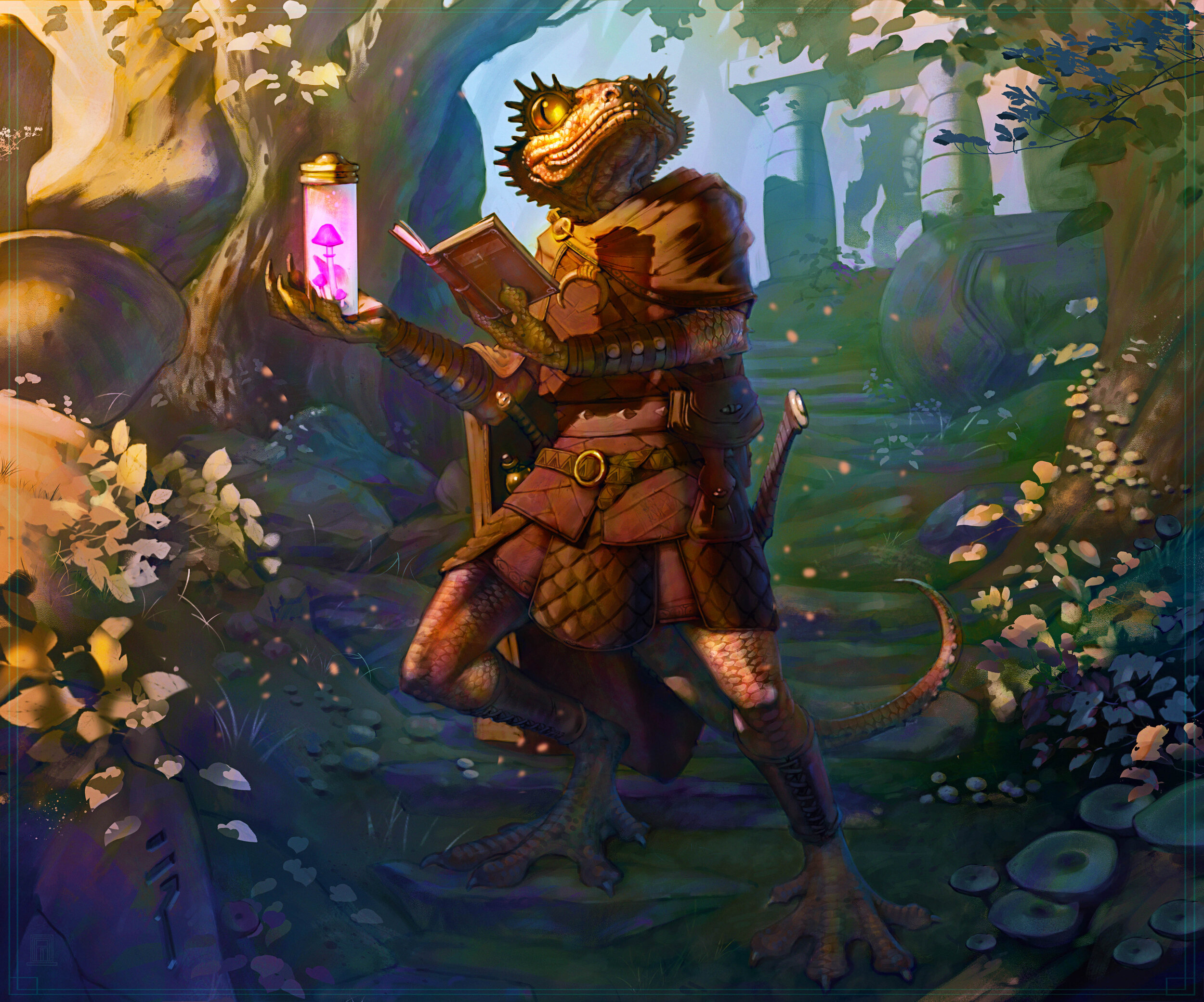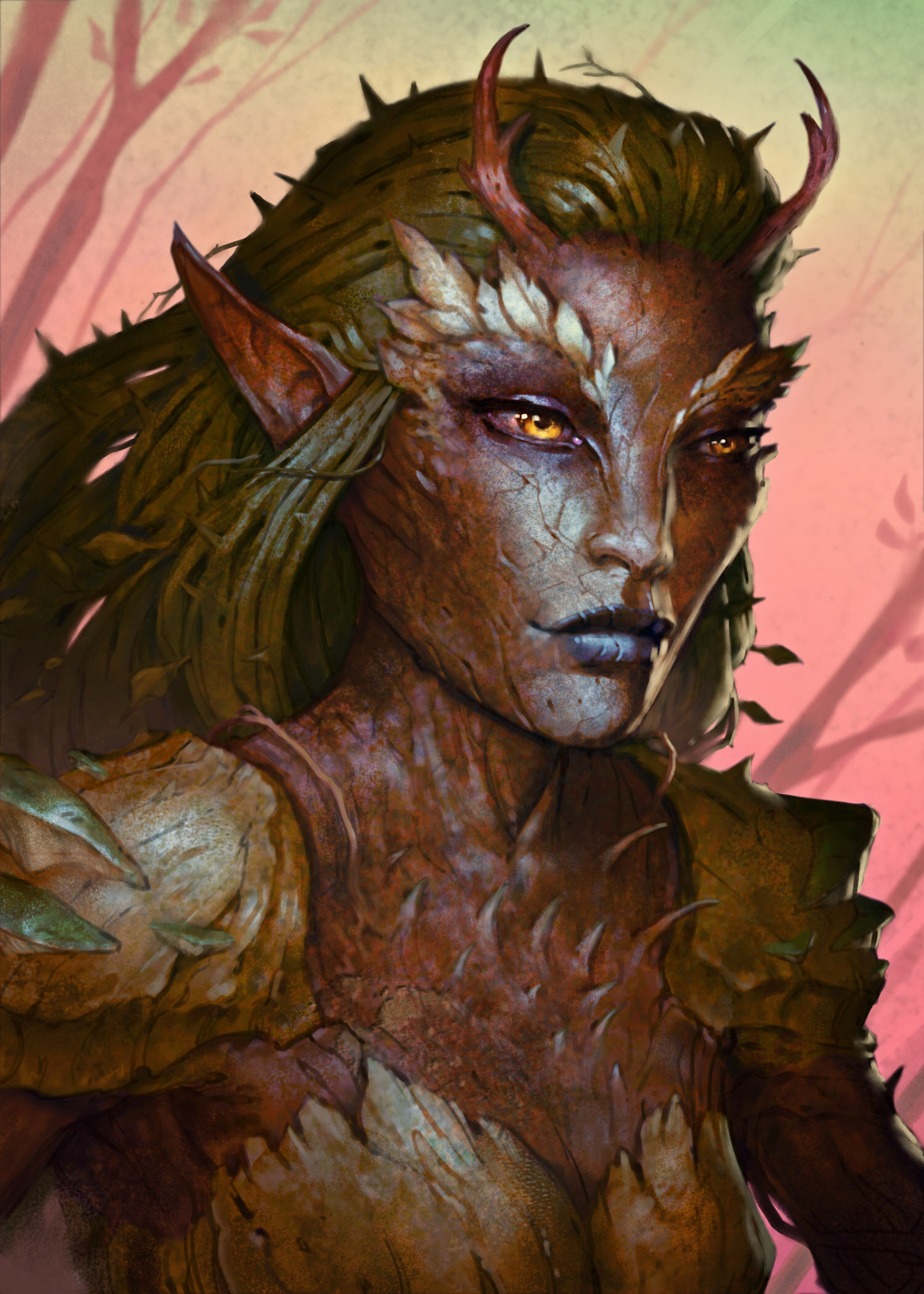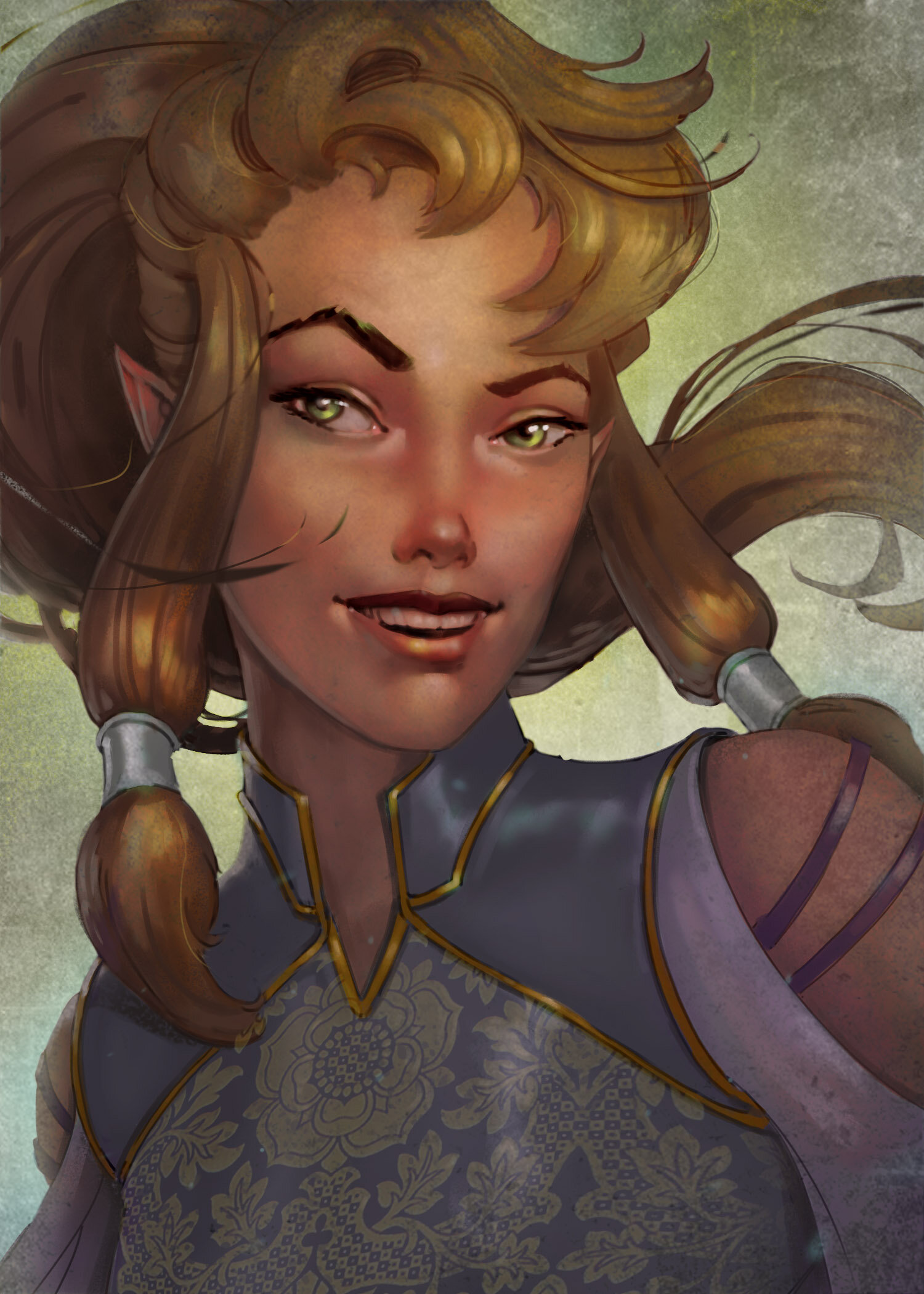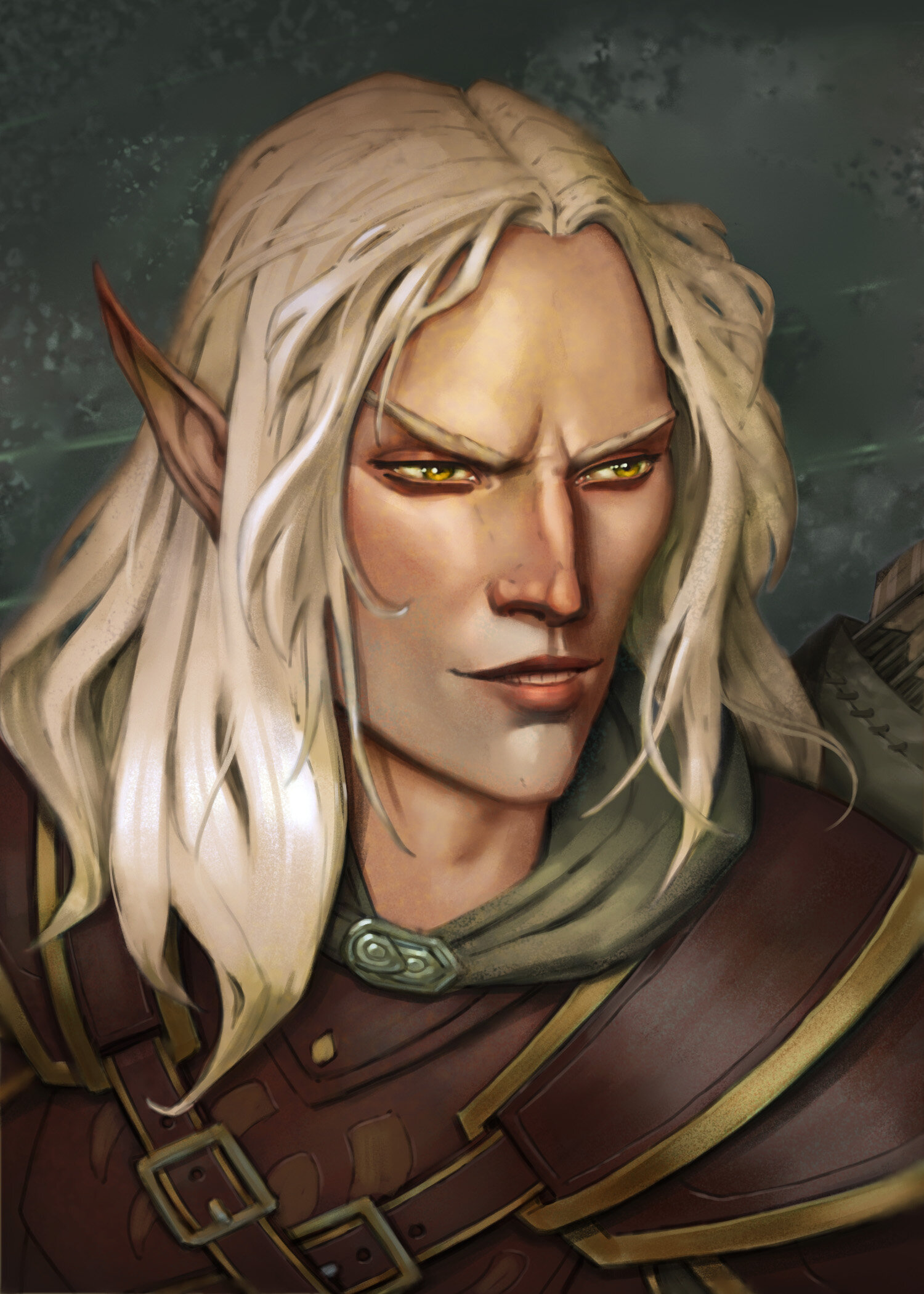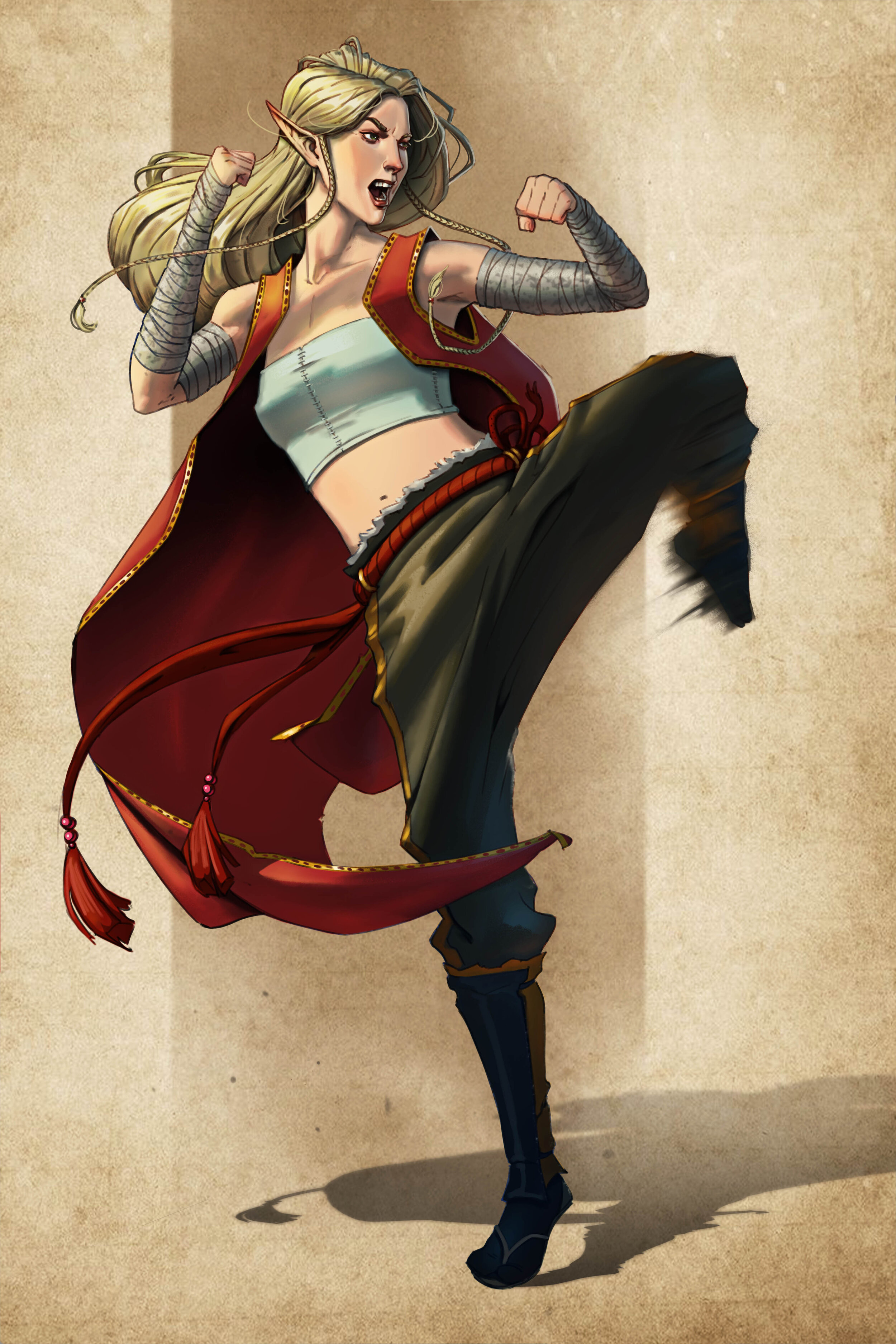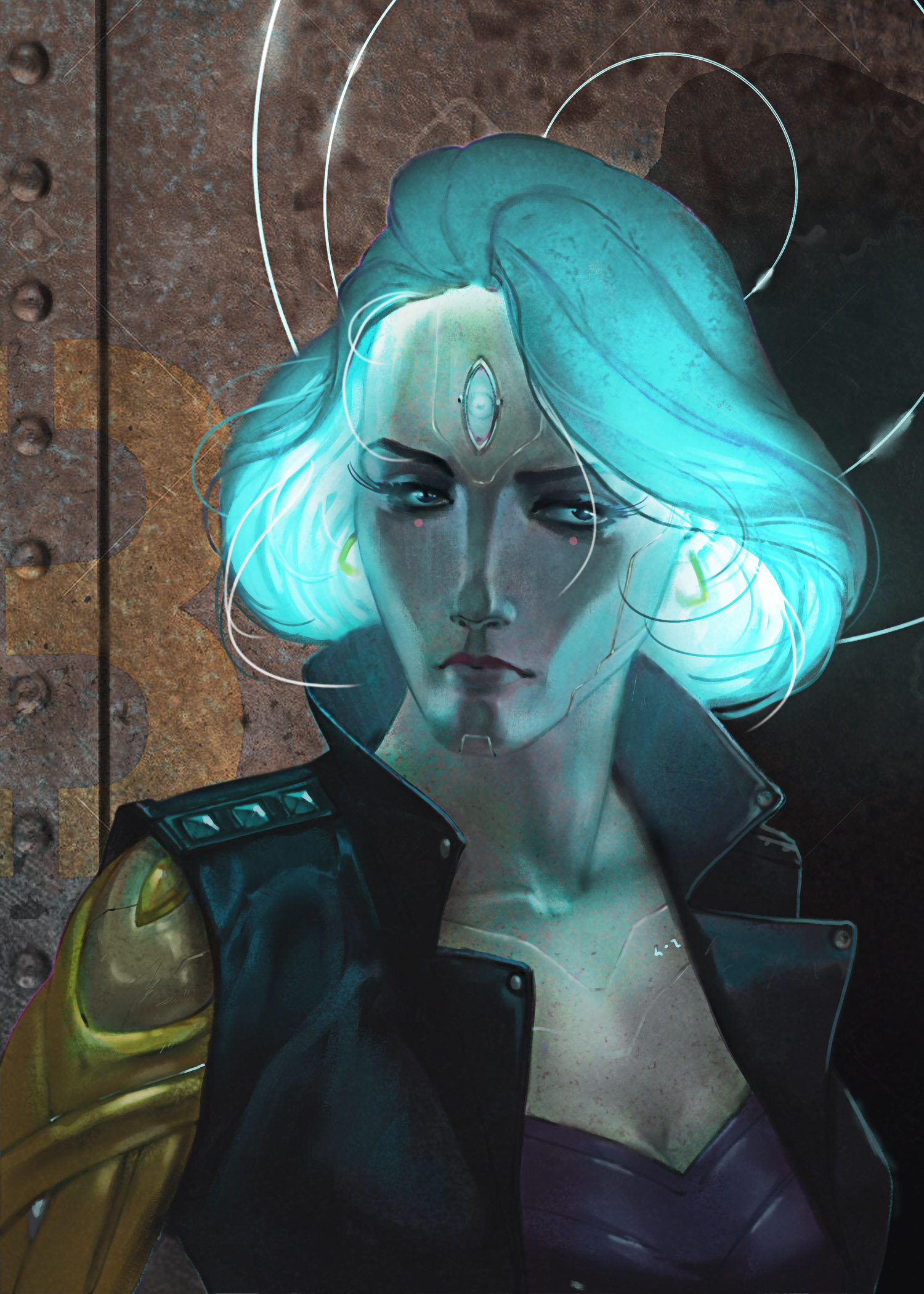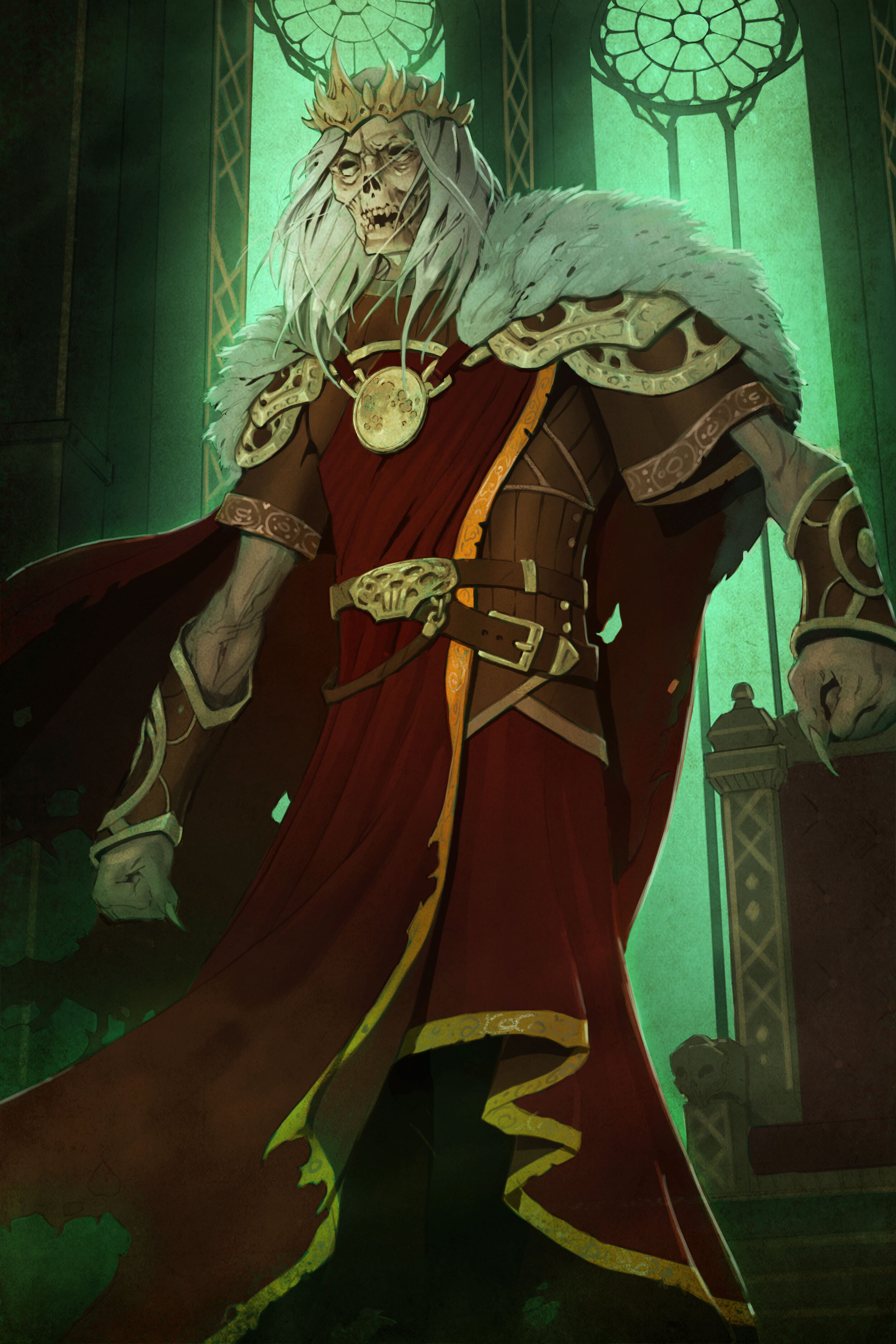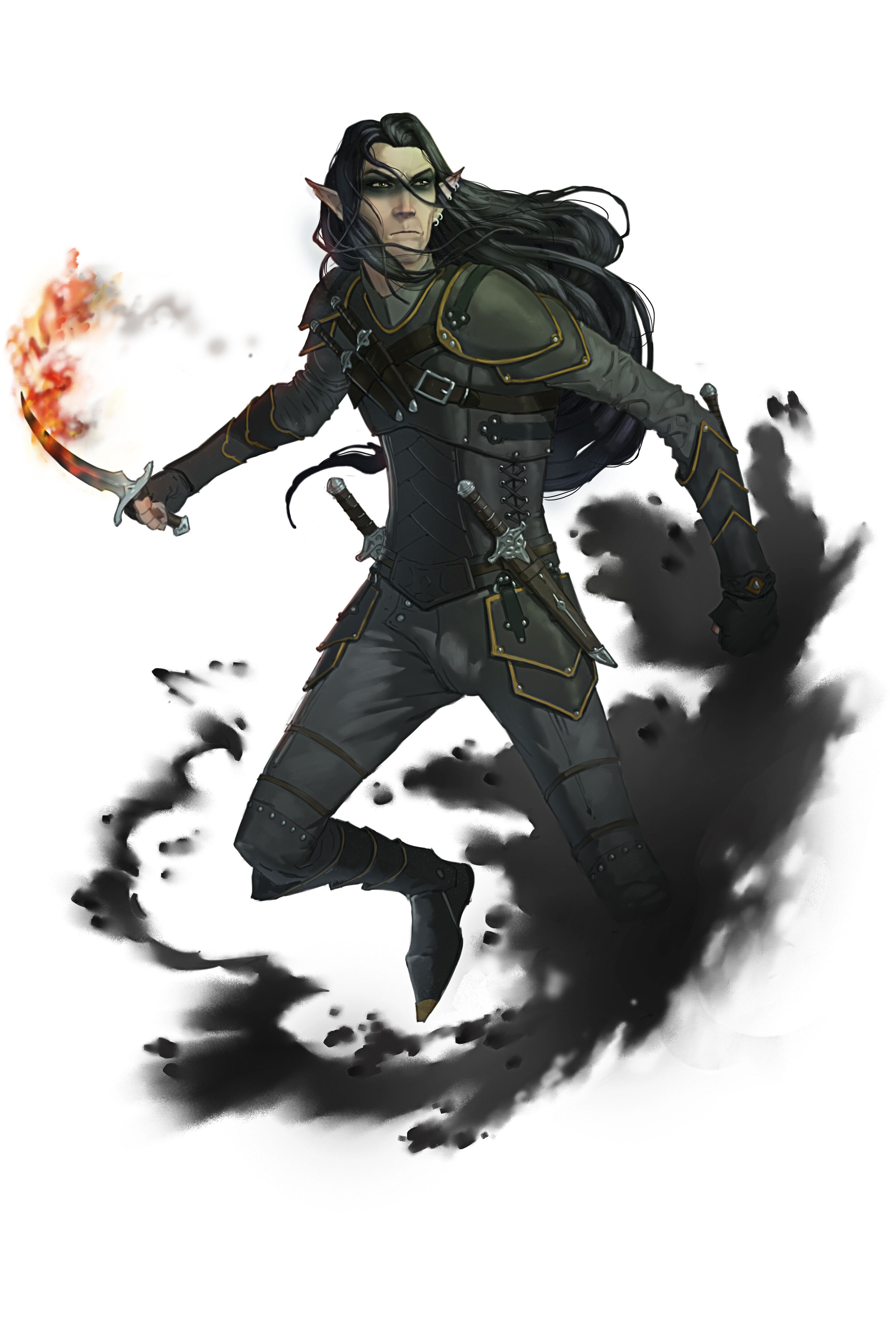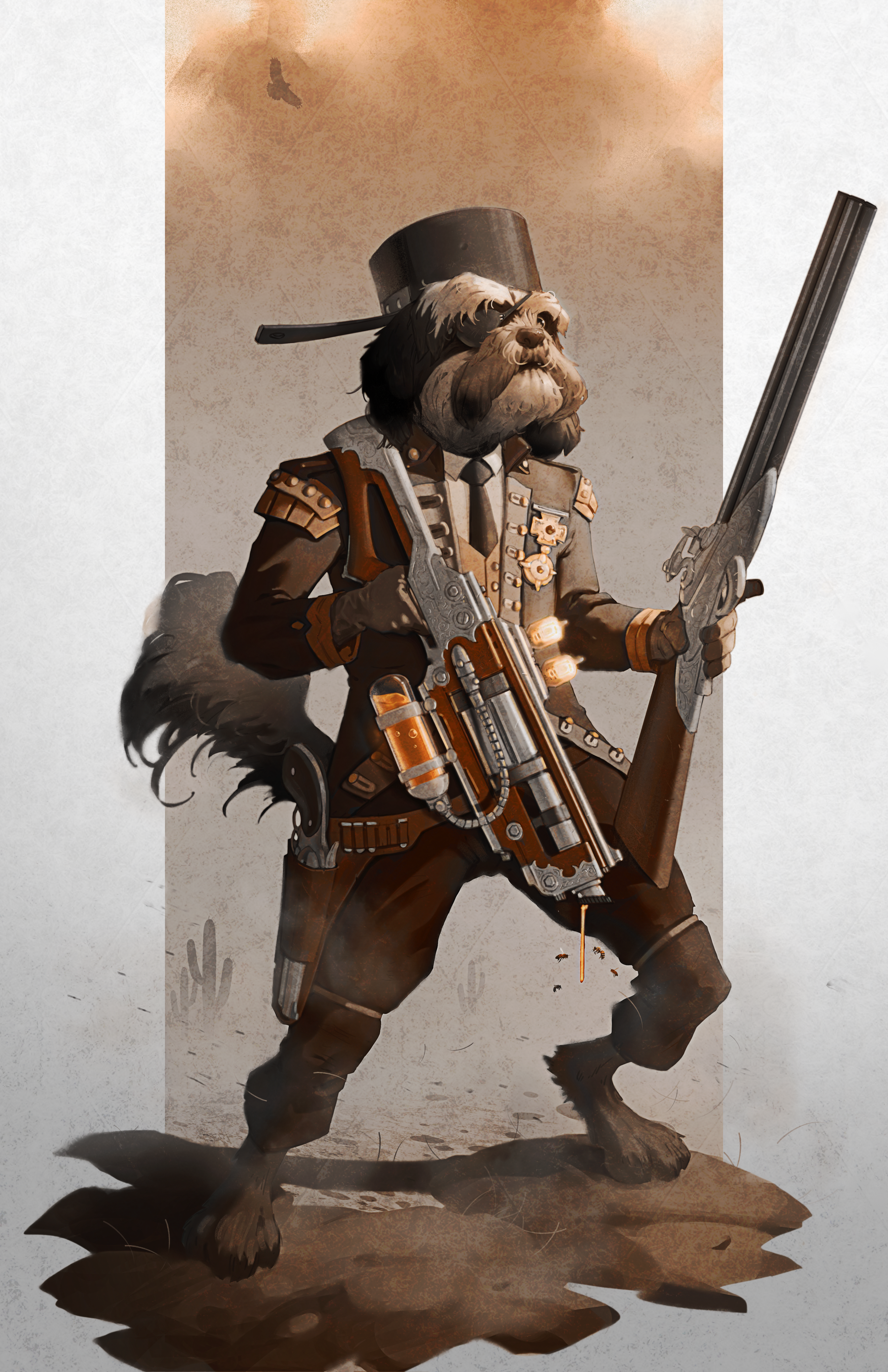How To Get Motivated to Draw: Make Art a Habit in 6 Steps
/The biggest resistance for artists is finding the motivation to start creating. Procrastination, creative blocks, negative self-talk, and a list of other hurdles can make it very difficult to get motivated. These obstacles can be overcome by building a habit of making art.
To develop motivation that lasts it has to be built on a set of habitual behaviors. New habits must be built from the ground up by starting small and easy, gradually adding new behaviors until momentum takes over and the new behaviors are ingrained as a habit.
In other words, it takes practice to be good at practicing. Believe it or not, this is actually quite easy when it comes to art. However, I am not going to try and wow you with stirring pep talks or a list of platitudes. I will suggest a set of very simple actions that will have immediate positive effects on your motivation. To perform these simple actions you will only need abilities that you already possess.
1. Dedicate a space.
We will all immediately recognize the concept of having a dedicated space because that is exactly how our homes are arranged. We reserve a space for preparing food, go to the bathroom, sleep, etc. In this process, we will think of the space that we will use to draw the same way as other dedicated spaces in our homes.
The first thing to do is find a space in your house where you can dedicate an area to making art. This does not have to be a large space. In the beginning, all you need is enough room for a small sketchbook—something in the range of 4x5 or 5x7. Even if a large space is a luxury you can afford, there is an argument to be made for keeping the space small at first, then gradually expanding as you like. The reason for this will become apparent as we go.
Clear this area and treat it the same way you treat other dedicated areas in your house. Don’t put anything else in this space but a sketchbook and a pen or pencil. Make it sacred and, if you need to make everyone else in your house understand that it is sacred.
2. Dedicate a time
The other skill most of us are very familiar with is scheduling. If you have ever made plans, you understand this concept. The skill we are concerned with is not the skill of being on time; it is the skill of deciding when something should happen.
Take an honest look at your current schedule and dedicate a half hour each day to practice. Ideally, this half-hour will start at the same time each day. If that’s impossible to do with your current schedule, try to move whatever is easy to move in order to find that regularity. If that is not possible, then, in the worst case, that half-hour occurs at different times on different days.
3. Show up without expectation
The single most important thing you need to do now is to just show up at the agreed place, at the agreed time. Set that as your first goal, and don’t worry about anything else. In fact, if you can help it, don’t do anything else. Don’t draw. Just show up and do whatever you want that isn’t drawing.
Congratulate yourself for showing up. If you don’t get any art done and you spend all your time distracted by social media, that’s fine. Whatever happened during that time is not important. The important thing is that you showed up. You kept the agreement with yourself, and you should say thanks to yourself for being awesome.
If you don’t show up, forgive yourself. Try not to be hard on yourself and if the negative self-talk does start try this: talk to the part of yourself that is being negative and say something like, “I hear you, I know why you feel this way and that’s ok. Thanks for trying to help but I got this”. Then plan to show up the next day.
Do this for 1 week. That’s it. Just show up at the place and time for 1 week. Halfway through the week, you’re going to start feeling silly that you aren’t drawing. That’s good! There’s nothing here to fail at because you’ve set yourself up to take any outcome as just part of a larger process.
4. Make Practicing Fun
Build on the feelings of success and increase the momentum with exercises that are fun. By starting with something that is relaxing and highly enjoyable, we are lowering our resistance and strengthening the new habit with positive reinforcement.
Automatic Drawing is the perfect way to do this. It’s meditative, very relaxing, and a powerful method of improving skills.
Here is a video that describes the process :
Do this exercise for 1 week. If you can’t or don’t want to concentrate on this for the full half-hour, that’s fine. Do it for a few minutes, put the pencil down, and spend the rest of the half-hour on whatever you like. Stay in your space, with your sketchbook but stop drawing if you want. Just like in the first week, congratulate yourself for showing up and accomplishing whatever amount of work you did no matter how small.
5. Slowly increase the difficulty.
Now, you are starting the 3rd week. The momentum is building and you have cultivated a certain amount of endurance for maintaining focus on drawing. Now, we can add some difficulty but we are still going to make getting started easy.
Draw what is immediately in front of you. No need to set anything up, just draw the first thing you see. Books on the table, your water bottle, anything. This is a really good exercise for a few reasons.
It strengthens your ability to draw simple forms in perspective. Being able to visualize simple forms in space, in relation to other simple shapes is one of the most basic fundamentals and drawing simple objects from life is excellent practice to develop your eye for forms.
Drawing from life is the best form of practice for any level of ability and giving yourself a reason to practice this is invaluable.
This activity takes your mind off of worrying about coming up with cool ideas of things to draw. Now, you can just enjoy the ride.
Do this for about the first 10 minutes of your half-hour. Then practice the automatic drawing exercise for the rest of the time that you want to draw. Again, it’s fine if you don’t want to fill the whole half-hour. Stop when it feels right. Don’t forget to applaud yourself for showing up.
You can mix it up a little and swap in a very valuable skill-building practice that is related to the one above and is also a lot of fun: Blind Contour Drawing
Watch this video to learn this very easy, yet powerful exercise:
6. Repeat
As you practice these steps, you may feel yourself slipping out of the routine or find it hard to stay focused. You may encounter any number of challenges that will feel like setbacks. If you lose all momentum and cannot maintain a daily practice, simply return to step #1, reaffirm your dedicated space and time and try again. It’s really that simple.
Do not be discouraged. Do not think of setbacks as a failure. Remember that this is all part of a process. In the same way that you don’t wake up one day and know how to draw, you also don’t wake up one day knowing how to stay motivated. Motivation is a function of discipline and focus, which are two skills that you have to practice just like any other if you want to be good at them.
How Long Does it Take to Form a Habit?
The old belief that it takes 21 days for a new activity to become an automatic behavior has been debunked. The good news is that the studies which debunked this idea still maintain that 21 days is the minimum amount of time needed for habits to form. The average is more like 2 months, but now that you have made it this far, it just gets easier! From here, you will meet less resistance each day. Congratulations!
Is It Bad to Draw All Day?
You may find your motivation really takes off and you just want to keep going. There is nothing wrong with this but it is very important to pace yourself and pay attention to your body and your mind
It is not bad to draw for long periods if you are very careful to take breaks, stretch, drink water and eat healthy food at regular intervals. Draw until you feel tired but do not work yourself into exhaustion.
It can be easy, especially if you are a beginner to confuse excitement with long-lasting, focused discipline. If you do not cultivate those skills, you will begin to feel burnt out once the excitement subsides and you can actually hurt yourself. You can hurt yourself physically with over-work but you can also hurt yourself mentally with feeling so of disappointment and negative self-talk.
Even if you are excited and want to draw all day, everyday, my advice would be to slow down and intentionally limit the amount of time you spend drawing very low at first. Then, slowly increase the amount of time you spend drawing until you find an amount of time in the day that is comfortable for your schedule and your health.
Confidence Building Exercises
If you want to deepen the effect of these activities here are a few things you can do to give your results a multiplier effect:
Speak kindly to yourself. This is actually VERY important. We can be very hard on ourselves but you may also be familiar with a kind voice that speaks up every now and then. Speak to the part of yourself that uses that voice as if they were a real person. behave as if these new plans and activities you are agreeing to do are plans being made with friends. You are much more likely to keep plans with people who you like than people who are mean to you.
Bonus: record a personal message using your voice recorder. Use this recording to say encouraging, motivational things to yourself. Play this back to yourself when you start your daily practice.
Set your Intention. This is important at the beginning when this practice is very new and you might slip up and not show up to your appointments. forgive yourself for not showing up and then holding your mind the intention to show up the next day.
Ritualize the start of your time. Come up with a small ritual that you repeat at the start of your time, each day. Stretching, 5 breathes, do a little dance, anything. It doesn’t have to be a major production, just a little thing you do at the start of your time that separates the end of whatever you were doing before from the start of what you are about to be doing.
Ritualize the end. Again, this could be a lot of things but one thing I recommend is looking at some artists whose work you really admire. Keep this for the end so it doesn’t fill you with the temptation to compare yourself to them at the beginning of your practice time. Looking at art that inspires you will help recharge your creative battery and get you excited for the next day.
Find an accountability partner. If you can find a friend who wants to join you in this journey that is a fantastic opportunity! Not only will it help you stay motivated, but it will also create a sense of shared accomplishment which will increase your personal satisfaction. You’re not just helping yourself, you're helping someone else at the same time.
If this sounds like something you would really enjoy the click this link to join my Discord community! Introduce yourself and see if anyone would like to join you in this project! There are a lot of great people there who are all working on the same goals that you are!
Draw for yourself. Even if you take the above advice and join with an accountability partner, don’t feel obligated to show anyone your work. At least not at first. In the future, improvement will happen much faster if you get feedback on your art but for simple exercises like this and other practice techniques, it isn’t necessary to share with anyone. It might even be better to NOT show anyone and just take any expectations off your shoulders. This isn’t for Instagram, this is just for YOU.
Attach the new habit to an old one. This may not work for everyone so don’t force it. If there is something that happens in your life, with regular predictability, every day, try and set your drawing practice time as close to that event as you can. It could be as simple as when you brush your teeth. Everyone’s life is so different there’s no way for me to know what it will be so, just keep your eye out.
Keep an idea file. As you are working you may come up with ideas you want to draw. When one of these ideas occurs to you, make a note of it in your sketchbook so you have a growing list of things you can refer back to for ideas and inspiration.
Keep at it. Whether it’s recommitting when you slide out of practice, or reaffirming your intentions, or just maintaining the drawing habit, just keep going!
Helpful Resources
There are a couple of books I highly recommend for those who are wrestling with the great task of developing and growing their artistic skills.
The first is called The War of Art by Steven Pressfield. While the book is not the end-all-be-all I have found it very useful in finding new ways of approaching my own inner struggles with the creative process.
The second book is called Drawing on the Right Side of The Brain by Betty Edwards. I have to admit to having a certain bias for this book. I read through it and did the exercises in this book when I was very young and it really left an impression on me. I won’t promise that it’s right for everyone but I can absolutely say it did offer great benefit and new skills for improving my art.
If you are drawn to motivational quotes click here for a list of inspirational sayings and encouraging remarks. I am occasionally adding to and changing this list so it will stay fresh!
If you like to listen to podcasts while you work, I would humbly offer the Art Condition podcast as a helpful tool for learning and motivation. I co-host this podcast with a friend and we interview professional artists in a wide variety of fields. We talk about their experiences, mistakes, and successes. Click here to listen to past episodes or click here to watch the recordings live every Sunday at 2pm PST on my Twitch channel
If you like Music while working here are a couple of playlists I really love that are great for getting the creative flow going.
The first is a playlist made by a fellow artist. It’s a lot of cinematic instrumental pieces mostly from video games and dramatic movies. REALLY good for getting settled in and motivated without feeling agressive.
The next is a playlist of my own making. It’s full of awesome feel-good music!
And lastly, please don’t hesitate to reach out to me! get in touch whenever you like to talk about how your progress is going or for more help.












